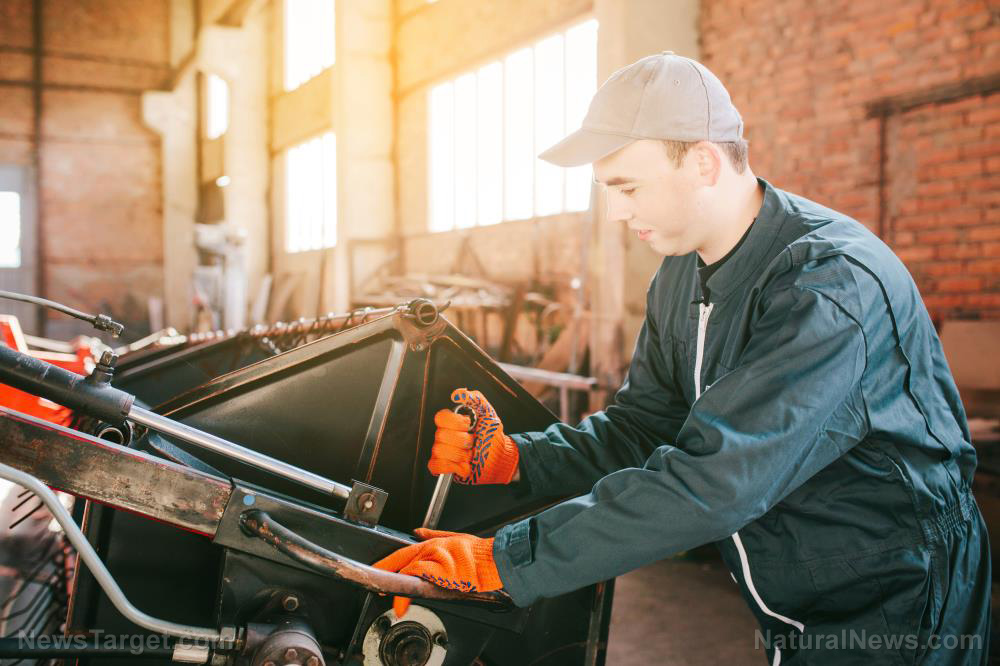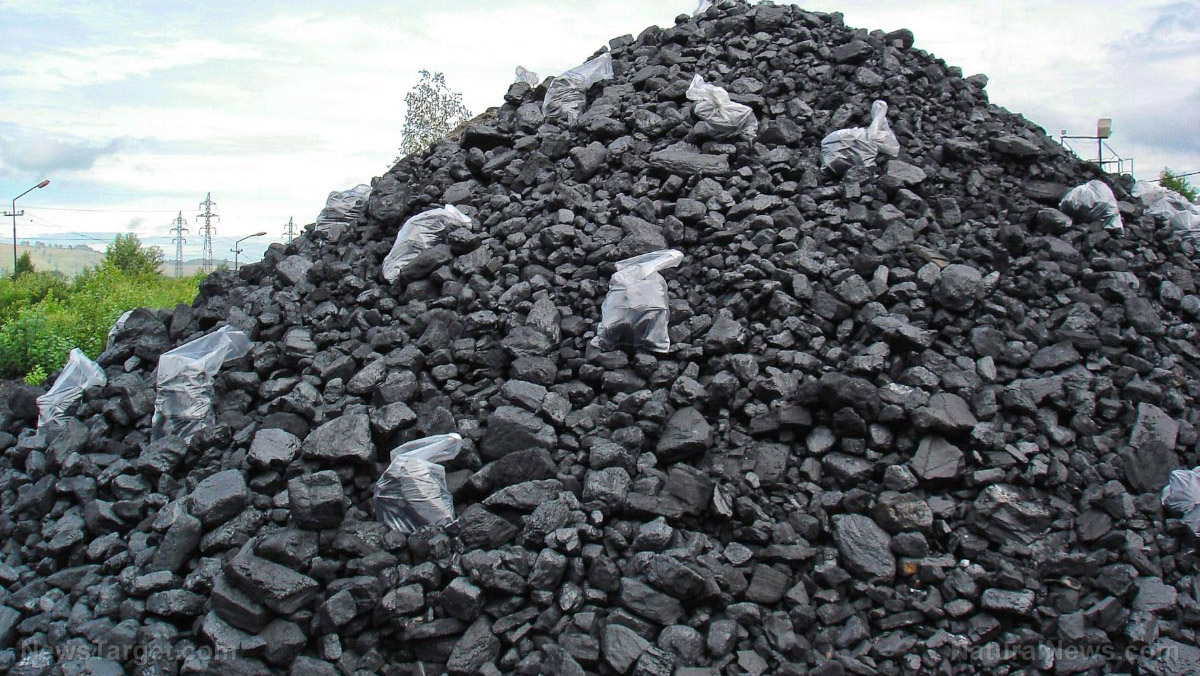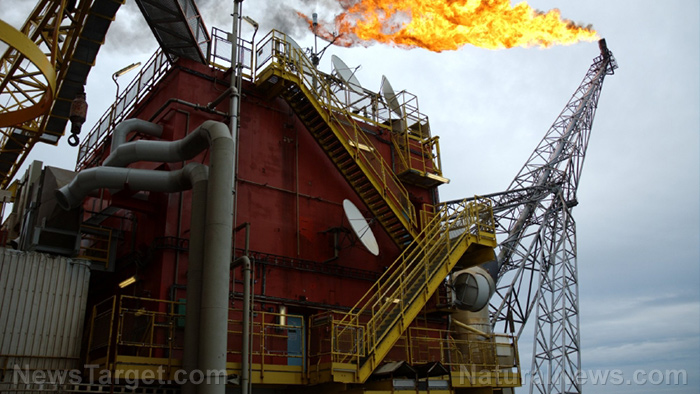 Parler
Parler Gab
Gab
Components shortage roils U.S. harvest
Dale Hadden cannot find any spare tires for his combine harvester. So the Illinois farmer told his harvest crew not to drive on the sides of roads this autumn to avoid metal scraps that could shred tires. New Ag Supply in Kansas is pleading with customers to order parts now for spring planting. And in Iowa, farmer Cordt Holub is locking up his machinery inside his barn each night, after thieves stole hard-to-find tractor parts from a local Deere & Co dealership. "You try to baby your equipment, but we're all at the mercy of luck right now," said Holub, a fourth-generation corn and soybean farmer in Buckingham, Iowa. Manufacturing meltdowns are hitting the U.S. heartland, as the semiconductor shortages that have plagued equipment makers for months expand into other components. Supply chain woes now pose a threat to the U.S. food supply and farmers' ability to get crops out of fields. Farmers say they are scrambling to find workarounds when their machinery breaks, tracking down local welders and mechanics. Growers looking to buy tractors and combines online are asking for close-up photos of the machine's tires, because replacements are expensive and difficult to find. "As harvest ends, we will see farmers at equipment auctions not for the machinery - but for parts," Peterson said. "We're already hearing from guys talking about buying a second planter or sprayer, just for parts." For some farmers, the shortages are forcing them to reuse or repair old parts. At their small welding shop in western Washington, Rami and Bob Warburton can barely keep up with all the orders from farmers needing something repaired from fittings for irrigation systems to a cracked bulldozer bucket. "We were in the middle of a drought up here," Rami Warburton said. "At that time, they couldn't wait to water their fields for a month. The crops will be dead by then." Kinks in the supply chain due to COVID-19 shutdowns in manufacturing hubs in the U.S. and Asia, a container shortage snarling major ports and a dearth of workers prevent equipment manufacturers from fully cashing in on a lucrative moment, when grain prices have soared to the highest in nearly a decade. The Purdue University/CME Group Ag Economy Barometer, a monthly measure of farmer economic sentiment, fell 10% to its lowest level since July 2020 in early October. Supply concerns are weighing heavily on growers, with 55 percent of farmers surveyed saying that low inventories have affected their plans to buy machinery. Access to steel, plastic rubber and other raw materials has been scarce during the pandemic, and manufacturers are preparing for even more shocks after power shortages forced several Chinese smelters to cut production in recent weeks.Equipment dealerships face supply problem
When executives from farm machinery maker AGCO Corp. visited Midwest suppliers this summer, they found some companies were operating at only 60 percent staffing levels, said Greg Toornman, who oversees AGCO's global supply chain management. Toornman said staff levels are dropping at some suppliers in the Dakotas, Nebraska and Texas, as workers object to President Joe Biden's vaccine mandate, drop out of the workforce for fear of getting COVID-19 or move to other jobs. "It's the perfect storm of Tylenol moments," Toornman said. "It's one headache after another." The supply squeeze has put particular pressure on equipment dealerships, which typically see their service business boom during the traditional September through November harvest season. (Related: New problem adding to national supply chain woes: Getting spare parts for tractor-trailer rigs that break down.) This year, some have resorted to sifting through decade-old inventory for solutions. One pain point for dealerships is an industry-wide shortage of GPS receivers, which are used to run tractor guidance and data systems. At Ag-Pro, the largest privately-owned Deere & Co dealership in North America, staff in Ohio have been digging out GPS units that date back to 2004. Until now, they were essentially worthless. But producers can still use them to record a digital harvest map of their farms – something many need when talking to their bankers, landlords and crop insurance agents. Equipment manufacturers are faced with a painful choice this harvest season: Send parts to factories to build new tractors and combines to sell to farmers or redirect those parts into the field to repair broken equipment for existing customers? For AGCO and rival manufacturer CNH Industrial N.V., the answer is the latter. "You can't afford not to support those customers in the field," AGCO's Toornman said. "When you're harvesting, timing is everything." CNH estimates that supply chain constraints ranging from increases in freight to higher raw materials prices have cost the company $1 billion. That lag has forced the company to turn some factory parking lots into storage lots. At CNH's combine plant in Grand Island, Nebraska, hundreds of unfinished combines sit outside, waiting for parts. In some cases, the companies are delivering unfinished machinery to customers. Missouri farmer Andy Kapp's brand new combine rolled off the assembly line missing some of the high-tech cameras that help provide the very efficiency he paid hundreds of thousands of dollars for. Follow Harvest.news for more on the equipment shortage farmers are currently facing. Sources include: Finance.yahoo.com WSJ.com Reuters.comThe end of meat? Dutch “green” policies force dairy farmer to cull 95% of his herd
By Ethan Huff // Share
Americans lining up outside food banks as record inflation continues
By Belle Carter // Share
Diminished US refining capacity from facility closures contributing to soaring gas prices
By Belle Carter // Share





